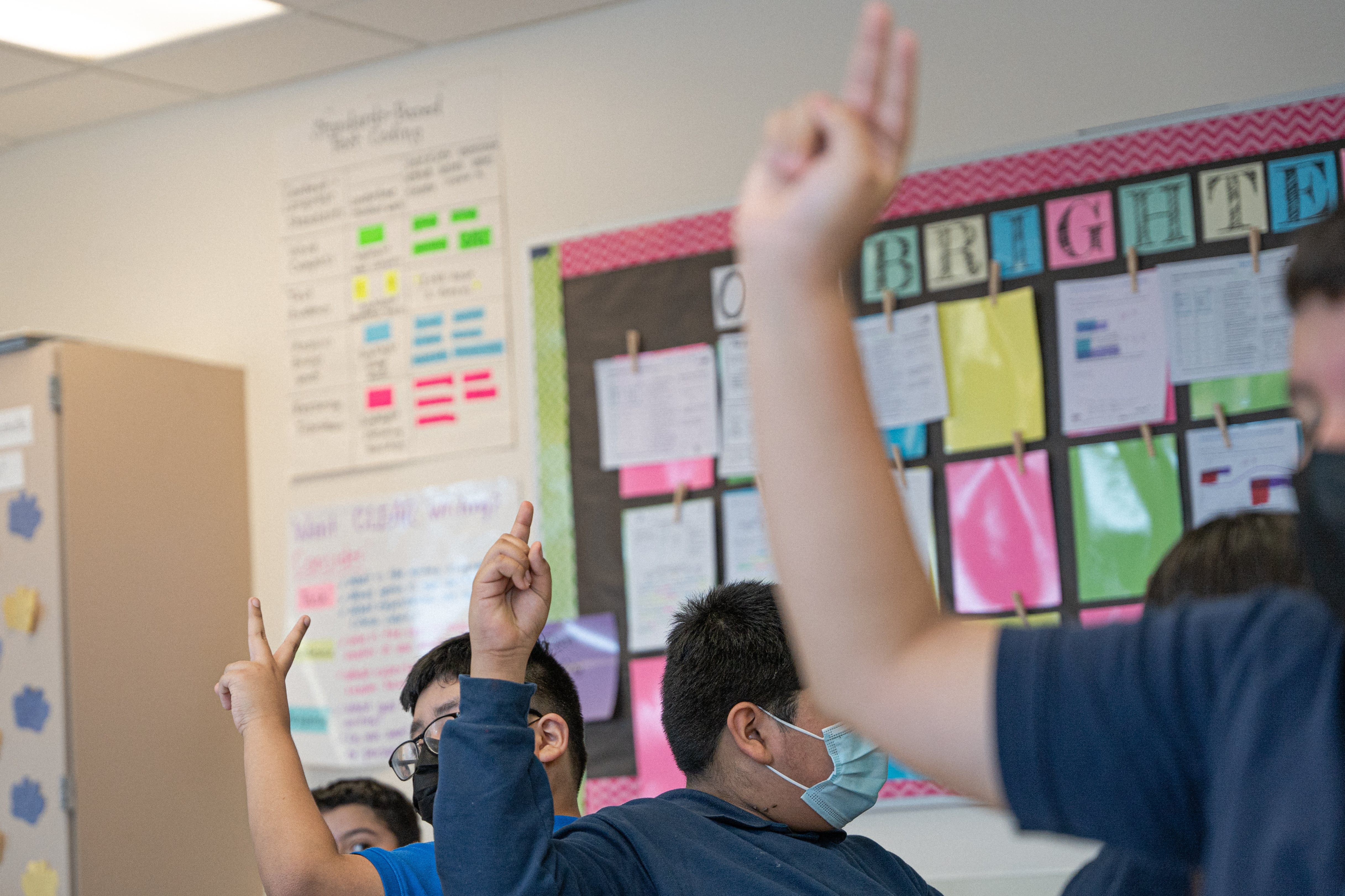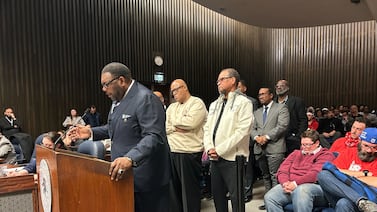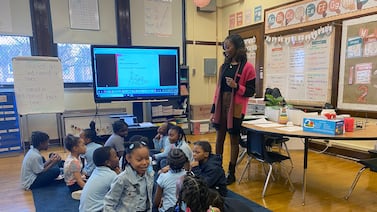Students who are learning English as a new language and students with disabilities are under-identified as gifted and talented in schools across the country.
Colorado is among the top 20 states with better representative rates, though schools still by far fail to identify a proportional level of English learners or students with disabilities for gifted programs. But state policies can improve representation of those students, according to a new study from NWEA, a not-for-profit research and educational services organization.
English learners are represented in gifted programs in Colorado at about one-quarter of their proportion of the school population. Nationwide, those students are represented at only one-eighth of their overall portion.
“Everyone is kind of bad, Colorado is a little better,” said Scott Peters, a senior research scientist for NWEA and one of the study’s authors.
In Colorado, about 110,000 students are identified as English language learners this year, about 12.4% of public school students.
The new study looked at federal data from 2017-18. It considered how various state policies affected access to gifted services, and whether the access was equitable.
The study examined whether the state mandates identification, whether it mandates schools to have formal gifted and talented education plans, whether the plans have to be approved by the state, whether they audit for compliance, and whether giftedness is considered an exceptionality under the state’s special education laws.
The study found that in states requiring formal plans for gifted services, schools were 10 percentage points more likely to offer services. In states auditing for compliance, the same schools were 23 percentage points more likely to offer gifted services.
Peters said Colorado uses all those levers.
Since 2015, Colorado has also provided grants for districts to improve or roll out universal screening tests to identify gifted children or to help hire staff to serve gifted children. Over the years, districts have requested more money than has been available. A recent report to the legislature said the state funded 38% of grant requests in 2020-21.
The legislature has now budgeted for a new five-year plan to fully fund the grant requests.
According to the Colorado Association for Gifted and Talented, Colorado is third in the nation for access to gifted education, in part because it requires universal screening. Still, the group notes, equity gaps remain among student subgroups.
The association cites another study that estimates that an additional 17,000 to 22,000 students in Colorado should be identified and served as gifted but are not.
Peters said Colorado also stands out among states because more school districts tend to use local norms to identify gifted students, as opposed to comparing their students to national standards. He believes that also contributes to being able to achieve more equity.
NWEA’s study also identified the top 5% of schools with the highest representation of English learners in gifted education. Among those nearly 1,500 schools, 67 were in Colorado.
Those top 5% of schools tended to enroll fewer students, have lower academic achievement, and more students from low-income families.
The study noted that most of the conversation around equity in identifying students as gifted has focused on students of color and those from low-income families. And there’s little information about what factors might improve access to gifted education for English learners or students with disabilities.
But English learners and students with disabilities are the most under-represented groups in gifted education, the study said. The study aimed to begin to bridge that gap.
Yesenia Robles is a reporter for Chalkbeat Colorado covering K-12 school districts and multilingual education. Contact Yesenia at yrobles@chalkbeat.org.





